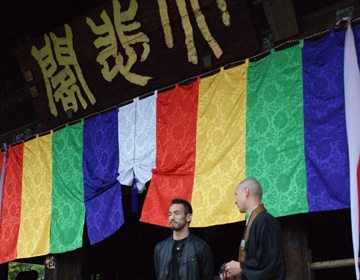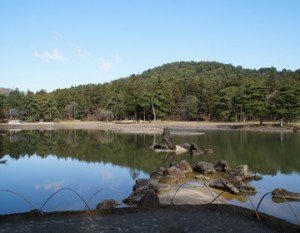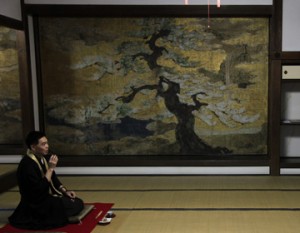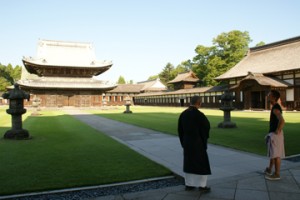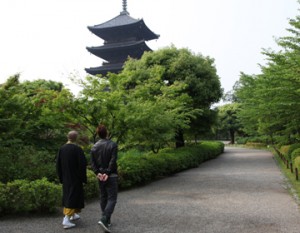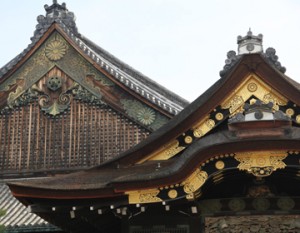Sacred location of worship
This is a temple that stands on the mountainside overlooking the Hase highway connecting Yamato and Ise, which runs through the center of Nara. Hasedera is one of the most renowned sacred sites that worship the Kannon goddess, also the 8th temple visited upon ”temple pilgramage circuit of the West lands 33 sacred Kannon sites”. It was founded in 686 (the first year of Asuka). It was worshipped by the nobles as a sacred Kannon worship site afer the Heian period, but the temple became even more famous especially after Fujiwara Michinaga paid his respects in 1024. After the middle ages, samurai and commoners regularly visited to worship the sacred site.
It is also famous for being a temple for academia, but what draws the most attraction is the temple’s peonies. On its premises, there are more than 150 species in more than 7000 pots of peonies. When they are in season they all bloom, revealing a subtle and profound atmosphere.
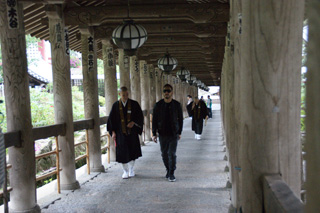
Beautiful temple grounds read in poems
The scenery has moved people throughout time. It has been referred to as the ”Flower Temple” and has repeatedly been mentioned in classical literature such as ”Makura no Soshi” and ”Sarashina Nikki” . People may recall the famous scene from ”The Tales of Genji” in the ”Chapter Tamakazura” where Ukon and Tamakazura reunite at Hasedera and read poems of joy.
”Futamotono sugino tachidowo Tazunezuha Furukawanobeni Kimiwo mimashiya” (If I hadn’t decided to visit Hasedera where the 2 cedars that are joint at the roots stand, I would not have had the chance to see you again here at the old river. What a moment of joy.)
The cedar tree that is mentioned in this poem still exists to this day by the eastern pathway to the temple.
Besides the famous peonies, there are seasonal flowers that bloom at Hasedera including hydrangeas and cherry trees. From the Heian period to the present, Hasedera has been planting seeds of joy in people’s hearts.




